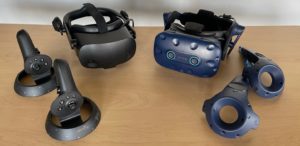4 Retail Tech Trends to Watch in 2022
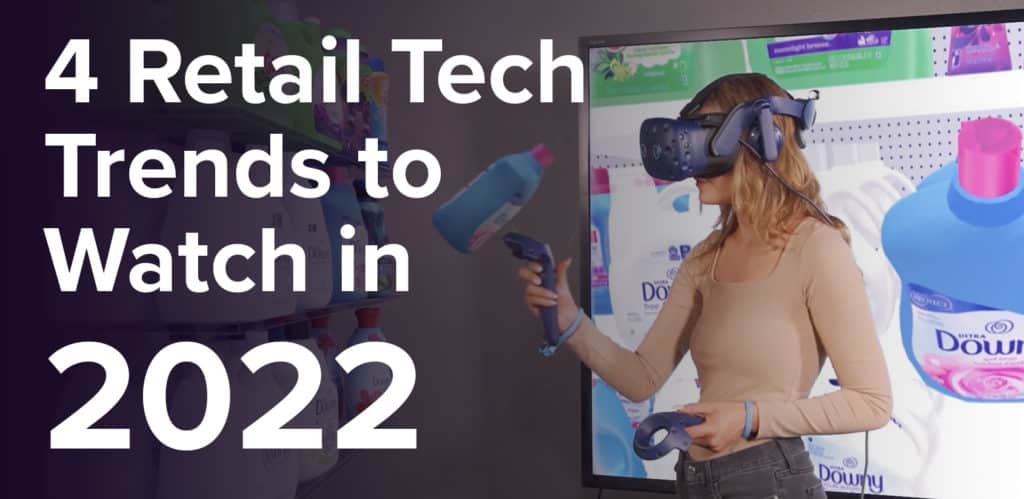
Modern retail checkout counters and virtual retail labs are 2022 technology trends shaping the retail industry over the next year.
The continued turbulence of 2021 has left the retail industry with new consumer behaviors, labor shortages, supply chain issues and accelerated online solutions. As tech in retail becomes necessary to provide superior customer experiences, more brands will adopt emerging technologies to get ahead of competition.
Retailers are now using in-store tools and digital services that seem futuristic. What are the new retail trends in 2022?
1. Modern Retail Checkouts
The store checkout has always been one of the greatest pain points for shoppers. Front end challenges are due to many factors, some of which include long lines or new health and safety concerns. This means that establishing a positive checkout area can have an incredible impact on the customer experience.
With this in mind, point-of-sale (POS) improvements are consistently being made. New self checkout, BOPIS, curbside pickup, and same day delivery options have grown substantially and will continue to do so. In order to continue modernization of the retail front end, companies are using additional technology to design shopping experiences at checkout.
There is software that allows stores to experiment with retail checkout counter ideas before they are built in-store. One of these retail checkout softwares includes the virtual reality front end builder. Designing a checkout in VR offers the ability to accurately plan front end space to scale and optimize merchandising queue lines without significant material investment.
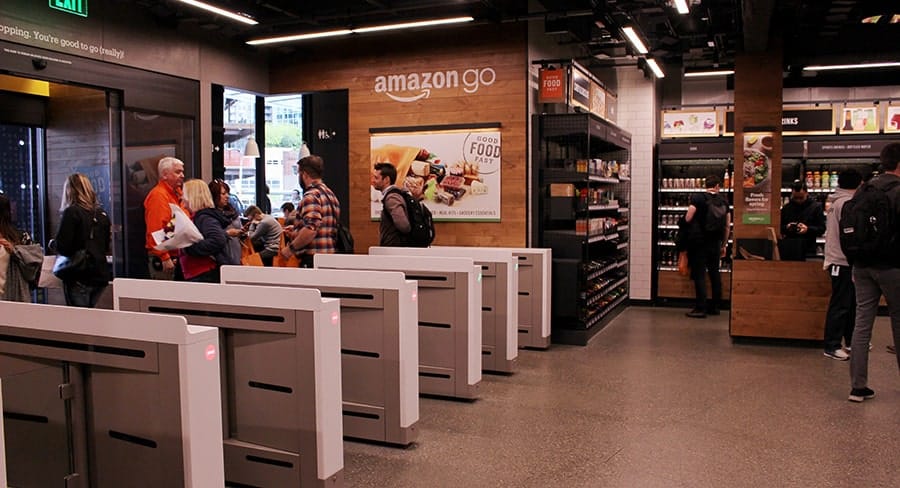
2. Virtual Reality Store Planning & Innovation
Virtual reality has gained a lot of recent interest as a way to increase the efficiency of many retail processes. For example, the 2021 labor and inventory shortages have made it difficult for stores to keep shelves stocked. This has caused additional issues for retail innovation because it is challenging for companies to plan shelves and perform market research.
Virtual reality retail software is a new technology providing a collaborative space for store innovation despite global supply chain shortages. 3D planogram software in VR allows category managers to quickly build digital planograms with 3D product models and fixtures. This allows fast construction of a planogram without the need for excess inventory or space.
These virtual planograms can be tested through VR research using headsets with eye-tracking. It immerses consumers in a virtual store experience that tracks their movements, attention and purchases to uncover accurate insights into their shopping behavior.
AR and VR are often viewed as the future of how consumers will shop. There are many theories surrounding the metaverse and how people will shop within a virtual store while still being within their home. As virtual reality in the retail industry continues to advance, the idea of v-commerce shopping becomes more of a reality.

3. Unified Commerce for Experiential Retail
Unify in-store and online experiences through centralizing customer and product data in a single platform. Unified commerce is a new strategy that expands off the personalized omnichannel experience that aims to improve the customer experience.
Organizations are investing in unified commerce platforms to manage stock in real-time, enhance customer experiences, and simplify data analysis. While omnichannel strategy is still being utilized by many organizations, it is likely we will begin to see a shift to unified commerce in 2022.
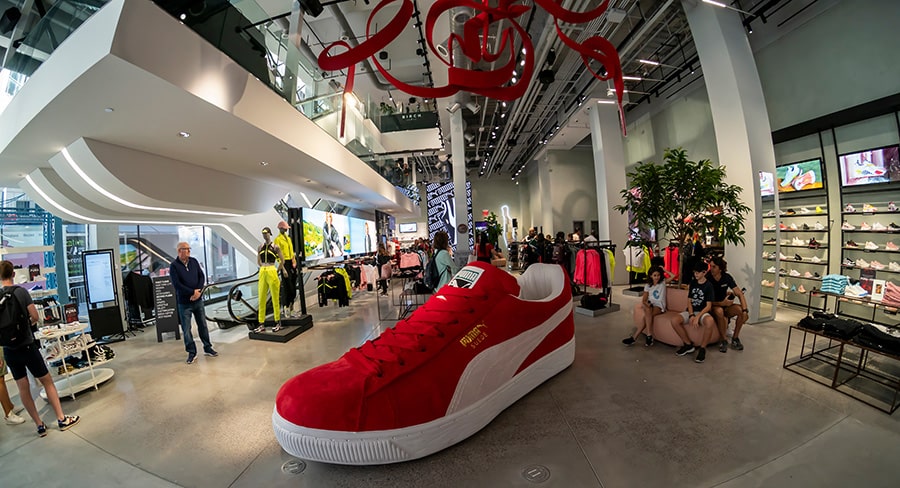
4. Frictionless ways to pay
As online and brick-and-mortar shopping become more in sync, their payment channels will also require consistency. As the use of cash is continuing to decline, retailers will need to provide new payment solutions in-store. Payment through mobile devices, curbside pickup, credit cards, and buy now, pay later are seeing incredible popularity.
The introduction of frictionless payments within retail spaces will better meet consumer needs. It allows them to pay from anywhere and have control over their payment method.
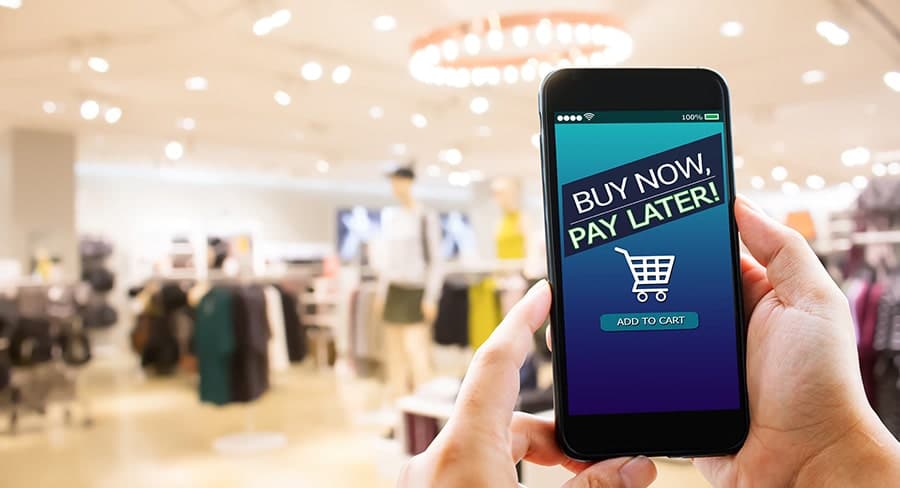
Summary
The Covid-19 pandemic and supply chain disruptions in 2021 have completely altered customer service expectations and how sales channels operate.
We have witnessed the decline in impulse purchases at checkouts and the need for a modern front end reinvention. New technologies such as augmented reality and virtual reality are establishing the future of retail experiences.
There is also continued expansion of omnichannel to create a more unified commerce from online to in-store. This cohesive strategy is also impacting the way consumers pay and making more frictionless payment methods available within brick and mortar.
As online and retailer shopping become more aligned, we will see the expedited use of new digital channels in 2022.
Subscribe to our newsletter
Get our blogs and the latest retail news delivered to your inbox monthly.
Recent Posts
6 Things in Future Gas Stations and Convenience Stores
Consumers influenced by the pandemic and an increasingly digital world are accelerating convenience store innovation. The increasing adoption of electric vehicles and pending self-driving cars/fleets are reshaping the future of convenience stores. These new technologies are paired with increasingly digitally reliant consumers, which require convenience stores to rethink their shopping experiences and the role they…
5 Front End Challenges & How Retail is Reinventing the Future of Brick and Mortar
New technologies and consumer behaviors have made retailers realize they need to quickly reinvent the in-store experience at checkout. Consumer behaviors rapidly changed during the pandemic and impacted the retail front end as it is considered a high contact area. Fear to touch checkout merchandise and machines has led to poor front end performance that…
HTC Vive Pro Eye vs. HP Reverb G2 Omnicept: Which is Best for Market Research?
VR has found its way into accelerating the retail innovation process through better market research. Selecting the right virtual reality hardware is part of successfully adopting new technology. Virtual reality is no longer just a form of entertainment. It is now being used in business for better training, planning, testing, and collaboration. The retail industry…



